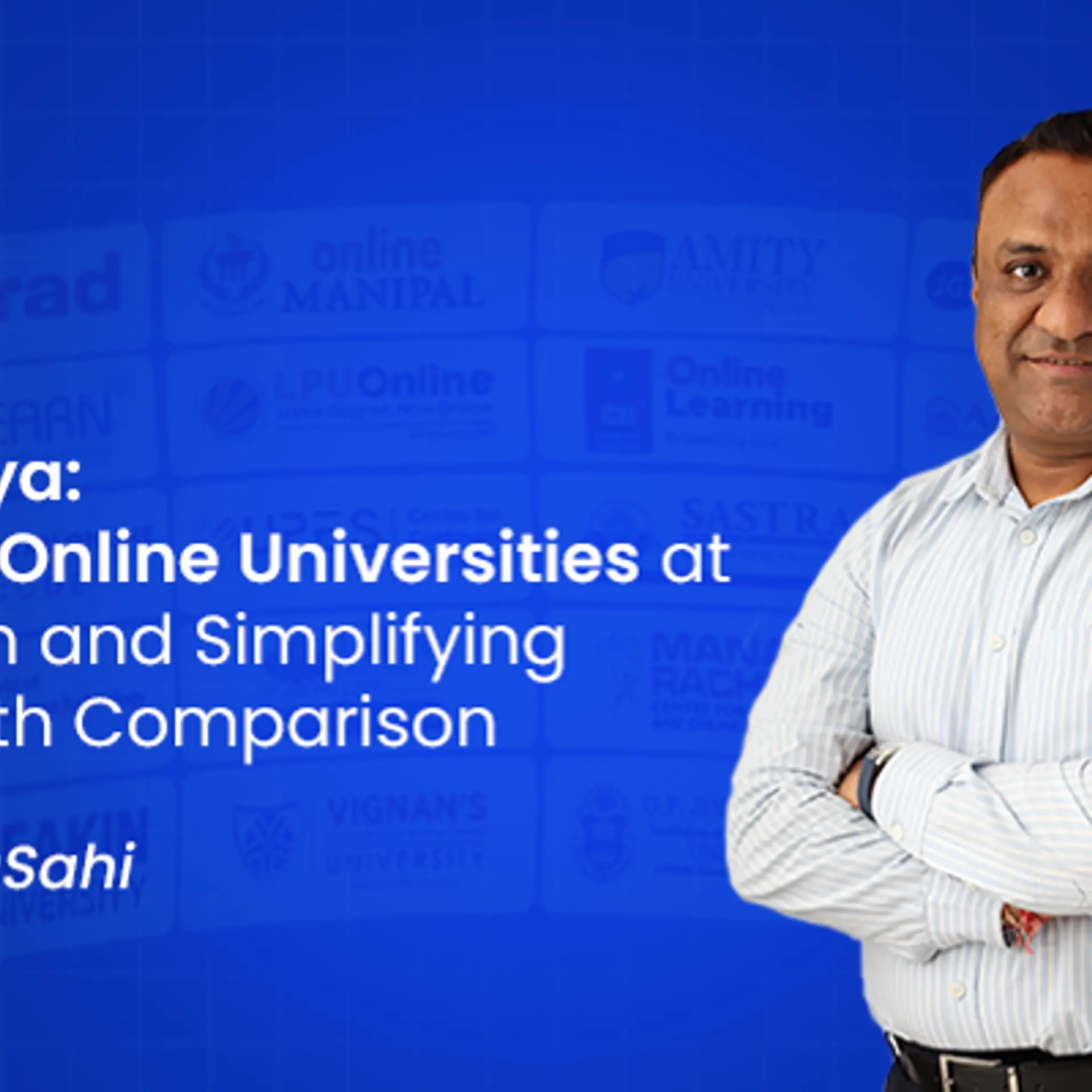MakeMyTrip's Ankita Sharma on the evolution of travel content and what’s next
In this episode of Pepper Content’s Top of the Funnel series, Ankita Sharma, Content Marketing Lead at MakeMyTrip, talks about the way travel content marketing has evolved and adapted, especially during the COVID-19 pandemic.
The travel industry has been one of the first to adopt content marketing the way it has, and as a result, it is also one of the most saturated spaces when it comes to content. How do leading brands like see content? How has it changed over the years and what does the future hold? Let’s find out answers to some of these questions.
In this episode of Pepper Content’s Top of the Funnel, Natasha Puri, Content Marketing Lead at Pepper, caught up with Ankita Sharma, Content Marketing Lead at MakeMyTrip, to talk about the way travel content marketing has evolved and adapted, especially during the COVID-19 pandemic.
How COVID-19 affected travel content marketing?
The pandemic brought the whole world to a standstill and arguably hit the travel industry the hardest. Customer-focussed and relevant content became more important than ever. With the government constantly updating travel guidelines and coming out with many circulars every day, the priority was to provide accurate and updated information related to documents and RT PCR tests for domestic and international travels to their customers. “Right now, our role is to give the right information”, says Ankita.
“Content has become more important than ever at this point. Content has come with big help for marketing in terms of providing right and accurate information in terms of safety.”
From aspiration to FOMO
In the post-pandemic world, as things open up, the role of content is shifting once again.
“The whole idea is moving from inspiration towards creating aspiration and the most important element is creating FOMO for people.”
Customers need to feel the urge to visit these beautiful places. When they see content and feel that they have missed out on these activities, it prompts them to book a trip and we also see the idea of ‘revenge travel’ growing.
Content is a constant but formats are ever-evolving
Customers no longer have the attention span or patience to go through a long-form blog. MakeMyTrip’s approach to content is ever-changing, accommodating to move with the flow. Ankita explains how they moved from 2,000 word articles to two minute videos that are created to hook the customer right away. They have also started to create bite-sized content like ‘Jaipur in 2 Minutes’ in their ‘Trip Ideas’ section on the app and website.
From wordy texts to concise videography, MakeMyTrip has totally customised its content creation as per customer demands. It has also collaborated with influencers to provide video content of reviews and views. They keep innovating and trying new things for their content and focus on the CTR.
Data as the backbone of content marketing
Ankita believes that the secret of MakeMyTrip’s successful short-form content campaign has been their data-driven model that focuses on specificity. Their targeted approach and quantifiable click-through rates are a dynamic power duo. This also helps transform the role of content as a support function to one that adds tremendous value.
“The minute you know what to do and get involved in giving the right data and right information to customers, that's where you add value to the business.”
A note on B2B travel content
Not enough is said about content that is created for partners like hotels, the corporate channel and other stakeholders that work with OTAs like MakeMyTrip.
When it comes to B2B travel content, MakeMyTrip focuses on two aspects: content that helps increase efficiency and is user-friendly in terms of onboarding partners and educating them. Here again, the team uses the right mix of videos and bite-sized content to deliver the messages succinctly.
Edited by Megha Reddy







